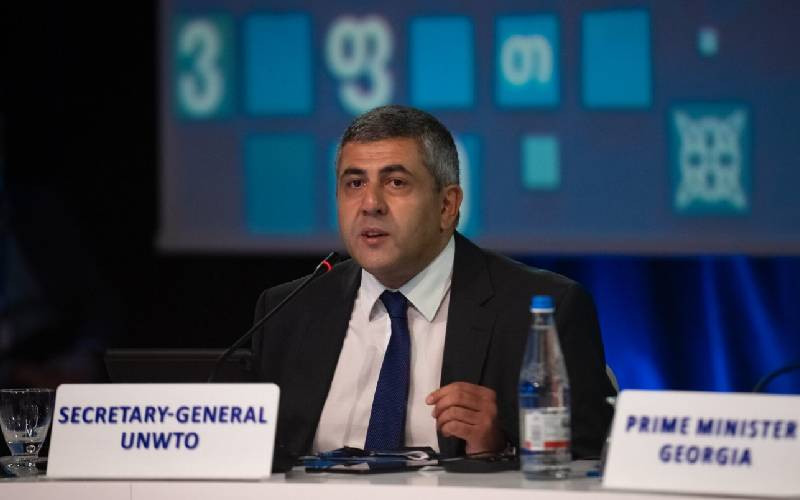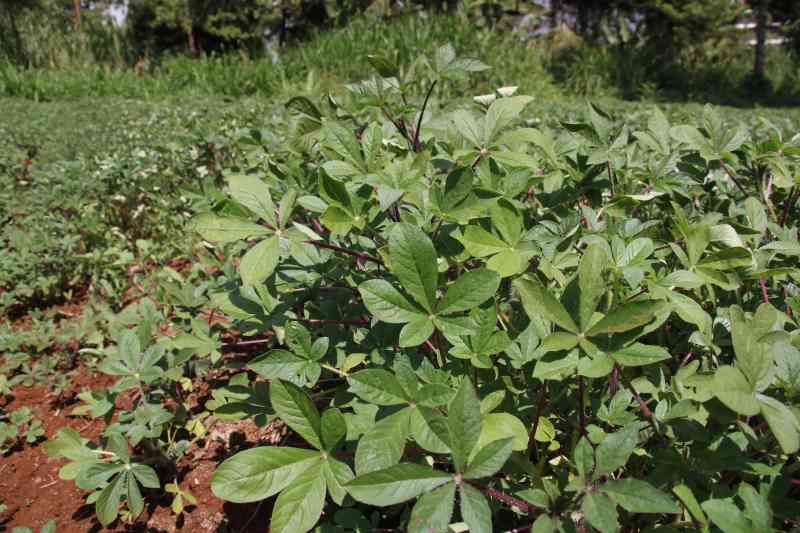"I am shocked that I have been shot and captured by Africans who I went to the forest to fight for."
Those were the last words as a free man by Dedan Kimathi wa Chiuri upon his capture after being shot in 1956.
It has been 60 years since his hanging at Kamiti Maximum Prison on February 18 following after a sham trial in Nyeri.
One of the people who helped to bury him at Kamiti, a fellow prisoner, told a TV station last month that on the morning of February 18, four of them were ordered to the trenches where they used to bury Mau Mau fighters who were hanged.
A lorry brought Kimathi's remains, hands still in handcuffs, and the prisoners buried him. According to the man, Kimathi was buried in the second trench because the first one was full.
He said they buried him near the fence because the trench was newly dug and they had buried only a few prisoners.
Does this information make it easier to identify the tombs of these martyrs?
My thinking is that the Government should dig up the trenches and identify the skeletons that are still handcuffed for DNA tests and then give this hero a state burial.
Who knows what happened to Stanley Mathenge who led the 'Kenya riige' arm of Mau Mau?
The Murang'a Mau Mau, led by General Kago, might remember that after his capture, the British troops built a 10-metre high wood pyre and poured diesel to cremate him in public, to the horror of Africans who had never seen anything like this.
They burnt him alive and took away his ashes in a container. Where are his ashes?
In Meru, the last bastion of the Mau Mau war of liberation, the British are said to have killed General Baimungi and taken his body away for secret burial. Where did they bury him?
Kenya lacks heroes not because they never existed but because the post-colonial administration made sure that correct history was never taught in schools.
The ban on true history was necessary so that people would not be enlightened lest they judged the administration correctly.
So obfuscated is our history that even the media practised self-censorship lest dictatorial regimes took crippling action against their businesses.
Stay informed. Subscribe to our newsletter
Those who tried to break these sanctions live with horrific consequences.
However, with the victory of the second liberation in the 2002 multi-party elections, the Mau Mau movement was finally declared a legal movement by the Minister for Justice and Constitutional Affairs, Kiraitu Murungi, on July 31, 2003.
It had been proscribed on August 12, 1950.
The stormy confluence of Kenyan communities with the British began around 1880 with the expeditions and trade caravans that, for all intents and purposes, were spy missions in preparation for annexation of territories and colonial rule.
When the Kenya-Uganda railway was being planned, the survey route had to be 'cleaned' of any African resistance. This created the first martyrs from Coast region to Kisumu.
The state body that should spearhead the writing of correct history is the Kenya National Archives.
It is the only way Kenyans will eventually understand the genesis of the chronic cancer of corruption and how to tackle it.
So as we celebrate all our freedom struggle martyrs, Kenyans should ask themselves, how did we get here after leading Africa and the world in the quest for freedom?
 The Standard Group Plc is a
multi-media organization with investments in media platforms spanning newspaper
print operations, television, radio broadcasting, digital and online services. The
Standard Group is recognized as a leading multi-media house in Kenya with a key
influence in matters of national and international interest.
The Standard Group Plc is a
multi-media organization with investments in media platforms spanning newspaper
print operations, television, radio broadcasting, digital and online services. The
Standard Group is recognized as a leading multi-media house in Kenya with a key
influence in matters of national and international interest.
 The Standard Group Plc is a
multi-media organization with investments in media platforms spanning newspaper
print operations, television, radio broadcasting, digital and online services. The
Standard Group is recognized as a leading multi-media house in Kenya with a key
influence in matters of national and international interest.
The Standard Group Plc is a
multi-media organization with investments in media platforms spanning newspaper
print operations, television, radio broadcasting, digital and online services. The
Standard Group is recognized as a leading multi-media house in Kenya with a key
influence in matters of national and international interest.








